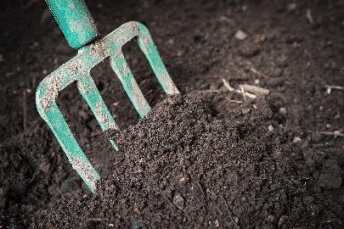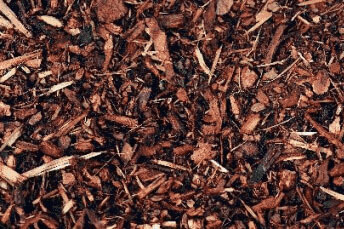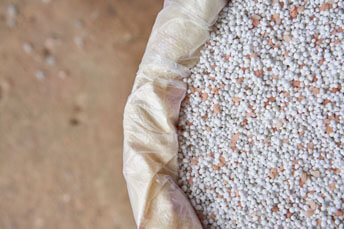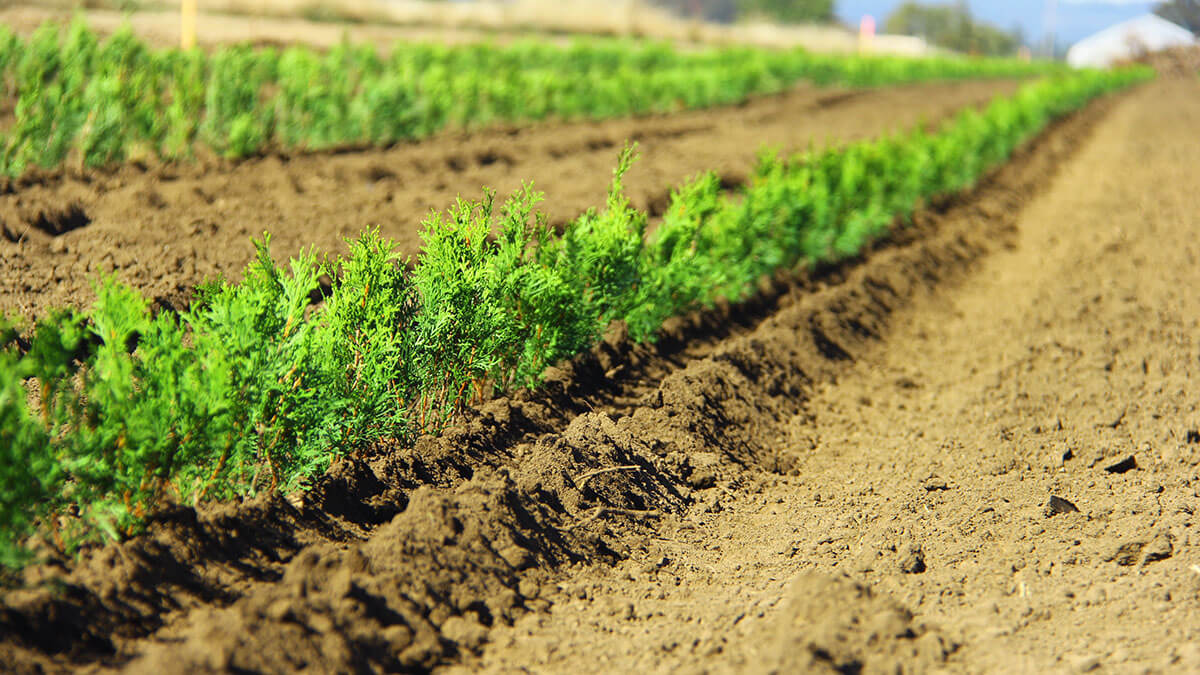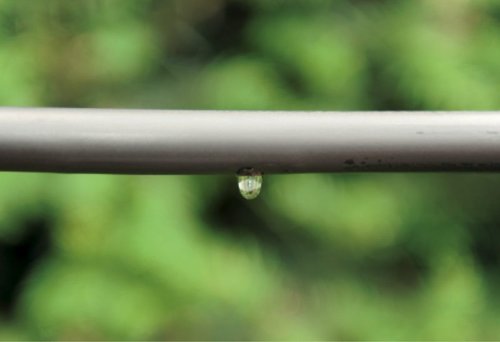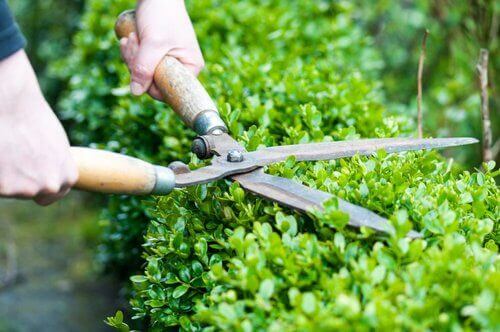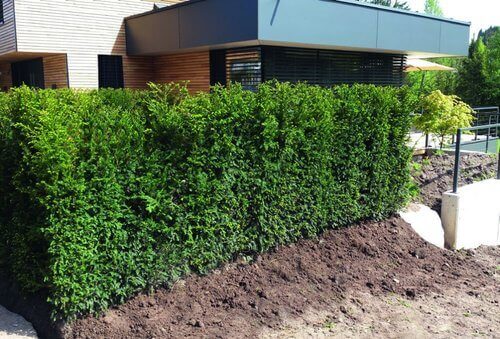FERTILIZING HEDGES
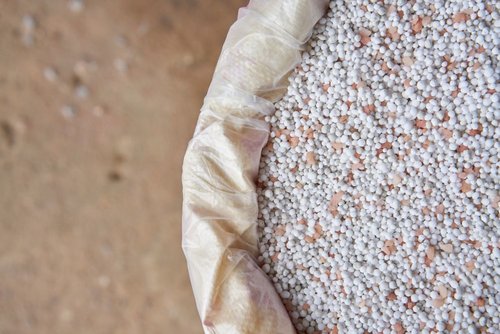
When planting a hedge, there are a few things that should be done with the soil to ensure the hedge has a long, healthy life.
- To maximize the health of the plant, choose a fertilizer for the specific variety used. We typically use different fertilizers for deciduous and evergreen hedges.
- A slow-release fertilizer is always recommended. These fertilizers ‘release’ their elements over time, allowing the plant to absorb the fertilizer more effectively.
- Slow-release fertilizers tend to promote much more even growth, making it excellent for hedges, which benefit from height and width uniformity.
- Slow-release fertilizer significantly minimizes the likelihood of fertilizer burn.
- Fertilizers are easily applied using drop spreaders and broadcast spreaders: the former releases fertilizers in targeted locations, which is more precise, while the latter spreads fertilizers on a larger scale, which is faster. For small properties, application by hand is also a great option.
-
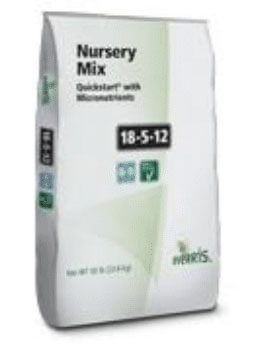 We recommend a 6-7 month slow release fertilizer for most climates. Apex makes a 16-5-9 slow
release 6-7 month release, which works great for our hedge varieties. In the Pacific Northwest,
you can use a longer-release fertilizer of 8-9 months. For longer release, Osmocote Blend
18-5-12 is a great choice. Any fertilizers with similar blends (the numbers indicate the ratio
of Nitrogen-Phosphorus-Potassium and are standard regardless of brand) and release times (6-7
months in most areas) to the ones mentioned above are suitable. Apply the fertilizer at the
manufacturer’s recommended rate.
We recommend a 6-7 month slow release fertilizer for most climates. Apex makes a 16-5-9 slow
release 6-7 month release, which works great for our hedge varieties. In the Pacific Northwest,
you can use a longer-release fertilizer of 8-9 months. For longer release, Osmocote Blend
18-5-12 is a great choice. Any fertilizers with similar blends (the numbers indicate the ratio
of Nitrogen-Phosphorus-Potassium and are standard regardless of brand) and release times (6-7
months in most areas) to the ones mentioned above are suitable. Apply the fertilizer at the
manufacturer’s recommended rate.
Soil maintenance is easy to overlook, but it is critical for successfully growing any kind of plant. Our hedges are very low-maintenance, but these simple soil-building steps can make a huge difference in the health and longevity of your hedge. Check out our other Care Guides to learn how to plant hedges, water hedges, and how to prune hedges to grow fuller. Different hedge varieties require different care, but these guides give you some great general information about how to grow hedges.
